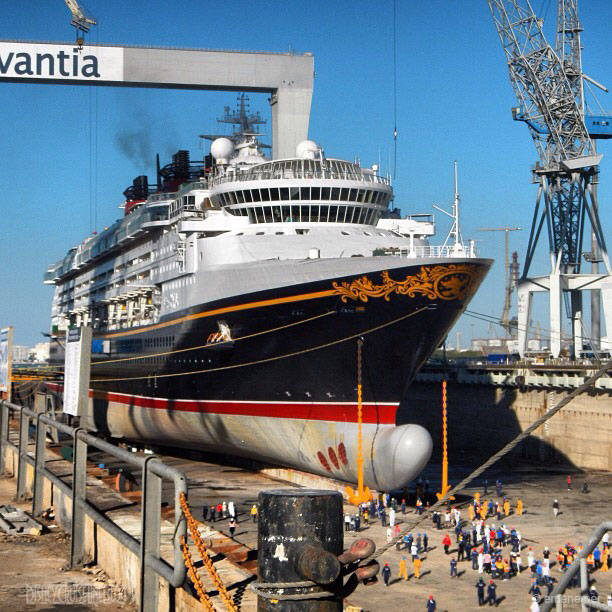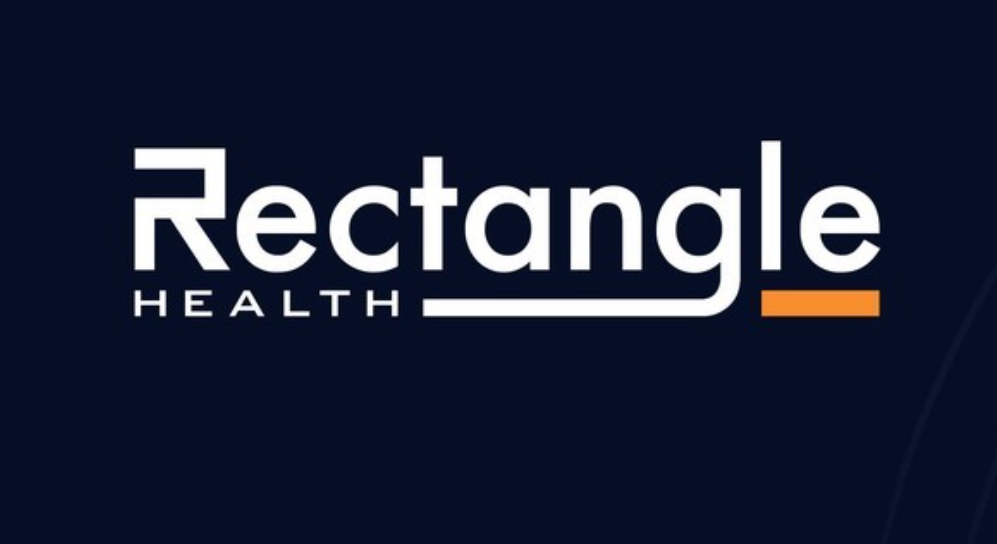Dry Docking is an essential process for all shipping companies that own ships, regardless of the type of a ship (marine vessel, cargo vessel, container ship or passenger ship) each ship should be operated through a set of regulations or otherwise operating the ship will be prohibited.
These regulations are set by the IMO (International Maritime Organization) and the U.S. Coast Guard primarily to emphasize on safety prospects for ships, crew and environment … so complying with those regulations is mandatory by all ship-owners. The ship (an expensive asset) is sometimes called “her majesty“ among correspondences in the shipping field.
Among those regulations there is the Class of Registry requirement, which requires ship-owners to register a ship in a class which is approved by the regulatory agencies mentioned above to carry out the supervision and ensure the commitment of ship-owners to follow a set of standards which are definitely designed to achieve a certain secured level of safety operations. Those Classes of Registry require (among other requirements) regular dry-docking processes.
Each ship working in service has to comply with a regular maintenance process called “Dry-Docking,“ a regular, periodic overhauling process founded primarily because of the very special nature of ships’ environment which is under water operations. Dry-docking can cost hundreds of thousands U.S. dollars (sometimes millions) to maintain the ship in the standardized working condition.
Dry-docking is a term used for repairs when a ship is taken to the service shipyard in the (dry dock). The ship is removed from the water to enable maintenance and inspection work to be performed on the exterior part of the ship that stays below the waterline. Usually, dry-docking is done at periodic intervals (generally 3 or 5 years), and there are regulations as mentioned above that mandate inspections of the ship’s bottom to be carried out at regular intervals to ensure safety of the vessels.
Types of repairs vary widely according to many circumstances such as the operating environment and water reaction with the hull of a ship because of salt water reactions with steel, the hull thickness, the humidity and temperature effects on various parts of the ship, from the Hull to the main engine, passing by the accommodations of the crew.
Accordingly, we can account for a dry-docking process as a complete unlimited major overhauling process for a ship that definitely affects a ship’s useful life includes but not limited to spare parts purchasing, anchors, tanks or hull replacement (steel replacement scale depends on various environmental & operational conditions), main engine & auxiliary engines overhauling, main deck overhauling, crank shaft, compressors, turbines, cylinder liner, electric devices, pumps and even life boats, rafts and safety gear.
What about the accounting treatment for the Dry-Docking Process?
The accounting treatment for the dry-docking process has been debated for a long time may be because of the complications associated with the nature of the process. The debate mainly revolved around whether to capitalize the dry-docking costs or to directly expense them during the accounting period in which they occurred?
Before discussing the positions of U.S. GAAP, FASB and SEC, lets examine the viewpoint of the IFRS. The IFRS (IAS 16) requires that major maintenance / overhaul costs (including drydocking and special survey costs) to be generally capitalized as part of the asset and depreciated until the next overhaul. This represents a clear acknowledgment and contradiction.
Acknowledgment to the importance of complying with matching principle (as these overhauling costs relate to more than one accounting period) and therefore should be amortized among the related period associated with the future economic benefits – which is the dry dock interval in this case. Contradiction to the component approach – which is inapplicable in our case – as it states that some parts of the item of property, plant and equipment may require replacement at regular intervals, for example, aircraft interiors.
In such a case, an entity derecognizes the carrying amount of older parts and recognizes the cost of new parts into the carrying amount of the item. The same applies to major inspections for faults, overhauling and similar items, and because it’s impossible for example to split a part of the ship’s hull to evaluate & derecognize its cost (that may be changed during dry-docking which made from heavy steel) or to evaluate and derecognize a built-in part of the ship, the IFRS permits the amortization of the entire major overhaul costs among the intervals between dry-docks ignoring by this permit the allocation and presentation effects on a company’s profitability for a long period of time with large amounts of dollars. We don’t know the exact useful life of this dry-docking maintenances as depending on various operational & environmental conditions, these maintenances could last until the end of the ship’s life and perhaps bring future economic benefits until the end of the ship’s remaining useful life or even longer with a remaining market value. So, it’s improper to completely amortize the costs of a dry-dock on the basis of a dock’s interval.
To summarize the U.S. GAAP, we have three options (direct expensing method, built-in overhaul method, or deferral method). The direct expensing method allows the ship owner to directly expense the dry-dock costs as incurred (i.e: in the accounting period that attends the dock), ignoring many important accounting principles such as matching principle, allocation principle and presentation assertion.
The built-in overhaul method allows the segregation of the costs related to dry-dock as a separate asset and to be depreciated independently to the next occurrence of the planned major maintenance activity (it is somehow like the component approach), which opens the door for many uncertainties such as the dock interval itself which under some conditions may receive extension in time (may be 7.5 years) approved by the class of registry and the uncertainties associated with the useful life and future benefits.
The deferral method allows the company to capitalize and amortize the actual costs of each planned major maintenance activity and to be expensed in a systematic rational manner over the estimated period until the next planned major maintenance activity (again it isn’t compatible with the dry-docking as mentioned above).
From the above displayed, we can conclude that there are a lot of concerns regarding reaching an ideal fairly representative allocation principle that best describes and reflects the very special nature of the shipping industry operations, consequently, this opens the door for a very important question. Why not thinking about an assumption allows us to add the dry-docking actual costs to the remaining unamortized book value of a ship and keep amortizing them till the end of the ship’s useful life given that the remaining useful life is greater than the dock interval? (Increasing the remaining book value comparable to the future economic benefits, maintaining the accounting principles mentioned above, our financial position becomes more representative and in case of sale the ship, our book value will become more accredited and reliable).
Where the above question mainly depends on the facts that dry-docking has a defined absolute effect on a ship’s useful life, brought future economic benefits, and the lack of a specific direct relationship between docks intervals and types of maintenances accomplished to be our base for amortizing these costs on the docks intervals (i.e, in each dry-dock we may overhaul different parts of the ship so that on a long term time frame of consecutive docks it’s not uncommon to completely renew every part in the ship).
I think that the wondering about the best accounting treatment for ships’ dry-docking is still open.
=========-
References :
- IFRS (IAS 16)
- US GAAP (ASC 360)
- SOLAS : Active ships that fall under the (100A5) category have to be subjected to a bottom survey twice every 5 years, a merchant vessel which is older than 15 years needs to be checked for breaches or any defaults twice in every five years.
- U.S. Coast Guard Checklist: External structural integrity, Internal structural examination, cargo tank internal examination, watertight integrity, rudders, propellers, tailshafts, valves and through-hull fittings, ground tackle, underwater survey.
- DryDock Inspection Report (Seal of the state authority): All of the above and deck and cabins, out drives and boots, deck to hull joint, engine mounts, fuel fill and tank grounded, fuel lines, exhaust blower, batteries, wiring supported, electric connectors. And others.
- Any Class of Registry Checklist (The list of jobs to be carried out shall follow a logical order as follows):
- hull cleaning and painting;
- dry-dock related jobs (rudder, tail shaft, propeller, sea chests and valves, anchors and chains, cathodic protection, etc.)
- structure and fitting, excluding the accommodation block (ballast tanks, cargo tanks/holds, hatches, cranes, piping, etc.);
- main machinery (main engine, auxiliary engines and boilers);
- auxiliary machinery (deck machinery, pumps, compressors.
————-
Sameh A. Rassoul Hendawi, CPA, CGMA has been a chief internal auditor in international shipping for companies for more than 20 years. He can be contacted at sarassoul@hotmail.com.
Thanks for reading CPA Practice Advisor!
Subscribe Already registered? Log In
Need more information? Read the FAQs
Tags: Technology





